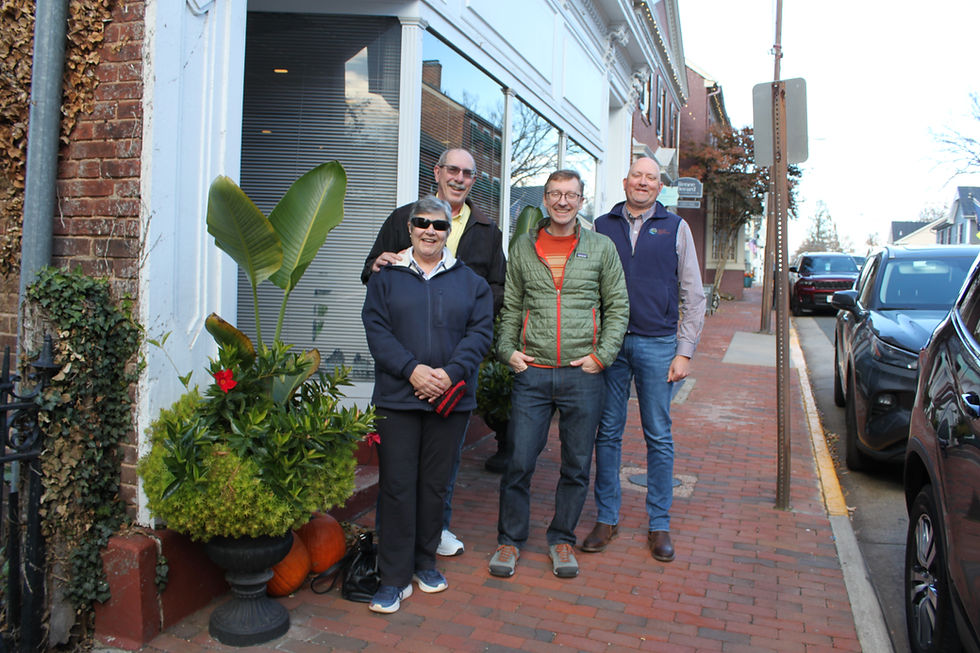Pillars of Conservation: Safeguarding Crow's Nest Natural Area Preserve and Why it Matters
- NVCT
- Jan 21, 2022
- 2 min read

On Wednesday, January 19, 2022, NVCT partnered with the Virginia Department of Conservation and Recreation (DCR) and Stafford County for our Annual Great Blue Heron Nest Count on the Crow's Nest Natural Area Preserve Heron Rookery. We take the time to do this every year, never losing its significance or purpose as protecting wildlife habitat is a crucial part of our conservation strategy.

For us at NVCT, protecting Northern Virginia's land from the devastating effects caused by overdevelopment feels highly gratifying due to the many benefits land conservation provides to society and the environment. As conservationists, we understand that people surrounded by nature are happier people, and the animals who inhabit it depend on its biodiversity. Unfortunately, many people are unaware that the parks, trails, scenic views, native plant and animal species they see in their neighborhoods remain there for their enjoyment due to organizations' and community stakeholders' proactive efforts.

Our conservation values guide and pinpoint our efforts, and protecting the biodiversity of our region is no less significant than the other portions of our strategic conservation plan. The Potomac Creek Heronry (PHC) at Crow's Nest Natural Area Preserve remains a model of those values. The significance of this heronry can not be overstated, as the Great Blue Heron population within the Chesapeake Bay area depend on its large sycamore trees in this secluded area of foraging habitat for their survival. We first acquired the PCH as a 70-acre property in 1997 and have since expanded the property by an additional 113 acres.

Each winter, NVCT, Stafford County, and DCR traverse and survey the marshy property together. In the enormous sycamore trees, you'll sometimes find dozens of nests per tree. We have GPS located the trees and labeled them on maps to track which trees were nested each year.
We count the number of nests in hopes that the numbers have either upheld or increased because a decrease in nests may signify a reduction in the blue heron population or that their nest was somehow disrupted. The herons prefer seclusion, and we count the nests in the off-season as they are sensitive to disturbance. This year, 221 nests remain, just three less than last year. The minor reduction in nests may be due to the recent snowstorm in our region in recent weeks, so this was a bright outcome considering the inclement weather.

Female herons lay their eggs from mid-March to mid-June, with peak hatching season from mid-April to mid-July. Great blue herons live approximately 15 years, and NVCT works to ensure that they have safe havens along the Potomac River and its tributaries where they thrive.
The mission to protect Northern Virginia's natural heritage remains to preserve natural open spaces from overdevelopment remains intact. While these efforts are crucial for the great blue heron, we must recognize how safeguarding this land impacts the people in Northern Virginia. Trees and plants in wildlife preserves purify our air and absorb carbon dioxide while releasing oxygen back into the atmosphere. Not to mention the nature-based solution it provides for harmful and costly floods.
With the help of conservation champions and our community stakeholders, valuable land like the Potomac Creek Heronry at Crow's Nest Natural Area Preserve will serve as a buffer to development to protection for foraging habitat for all time.








Comments